Looks like all those rumors about BlackBerry maker Research inMotion coming out with its own tablet were true — well, everything except for the name.
Instead of the "BlackPad" (ugh), RIM is calling its 7-inch, camera-packing tablet the BlackBerry PlayBook. CEO Mike Lazaridis showed off the long-rumored device during the keynote of RIM’s BlackBerry developer conference in San Francisco on Monday.
RIM says its new tablet will arrive in the U.S. in early 2011, and in overseas markets in the second quarter of next year. No pricing details yet.
Expect a 0.9-pound tablet that’s 9.7mm (or 0.4 inch) thick, complete with (as rumored) a pair of cameras: a 5-megapixel camera in the back, and a 3MP lens in front, both capable of recording HD video — nice.
The 7-inch display — the same size as that on the just-announced Samsung Galaxy Tab — will boast a resolution of 1024 by 600, and yes, it’s a capacitive multitouch display, good for such multi-finger gestures as punching and zooming.
The "no-compromises" PlayBook will run on a new tablet OS designed by QNX Software Systems, which RIM acquired back in April, and it’ll be powered by a 1GHz dual-core processor, complete with a whopping 1GB of onboard RAM (compared with just 256MB for the iPad). The PlayBook will also support multitasking and Flash (think Flash Player 10.1), by the way, as well as multimedia-friendly HTML5 Web standards.
As far as data: The PlayBook will arrive with Wi-Fi and Bluetooth support, with both 3G and 4G (yep, 4G) versions coming "in the future," according to RIM. The PlayBook will also connect to a nearby BlackBerry via Bluetooth for viewing e-mail, calendar, to-do items or contacts — meaning, presumably, that you’ll be able to tap out messages on the PlayBook and fire them off from your handheld BlackBerry.
We can also expect "nonproprietary" microUSB and micro-HDMI ports, with the PlayBook capable of outputting full-on 1080p video via HDMI, RIM says.
A slick promo video for the PlayBook shows features such as tabbed browsing, an app task bar, threaded messaging, on-the-Web YouTube video, and tablet-sized e-mail and event interfaces — all very iPad-like, with the added twist of the PlayBook acting as a BlackBerry companion (or the BlackBerry "amplified," as RIM puts it) in addition to a stand-alone slate.
All very interesting, but we’ll have to wait for more details on the BlackBerry PlayBook (not to mention its new, QNX-build OS) until some point "on or before" the tablet’s launch date — which, of course, we don’t really know yet.
So, thoughts on the PlayBook? Questions? (Keep in mind, though, that I’ve yet to lay hands on the PlayBook itself.) Predictions? Fire away below.
• Research in Motion: Press release
— Ben Patterson is a technology writer for Yahoo! News.
RIM says its new tablet will arrive in the U.S. in early 2011, and in overseas markets in the second quarter of next year. No pricing details yet.
Expect a 0.9-pound tablet that’s 9.7mm (or 0.4 inch) thick, complete with (as rumored) a pair of cameras: a 5-megapixel camera in the back, and a 3MP lens in front, both capable of recording HD video — nice.
The 7-inch display — the same size as that on the just-announced Samsung Galaxy Tab — will boast a resolution of 1024 by 600, and yes, it’s a capacitive multitouch display, good for such multi-finger gestures as punching and zooming.
The "no-compromises" PlayBook will run on a new tablet OS designed by QNX Software Systems, which RIM acquired back in April, and it’ll be powered by a 1GHz dual-core processor, complete with a whopping 1GB of onboard RAM (compared with just 256MB for the iPad). The PlayBook will also support multitasking and Flash (think Flash Player 10.1), by the way, as well as multimedia-friendly HTML5 Web standards.
As far as data: The PlayBook will arrive with Wi-Fi and Bluetooth support, with both 3G and 4G (yep, 4G) versions coming "in the future," according to RIM. The PlayBook will also connect to a nearby BlackBerry via Bluetooth for viewing e-mail, calendar, to-do items or contacts — meaning, presumably, that you’ll be able to tap out messages on the PlayBook and fire them off from your handheld BlackBerry.
We can also expect "nonproprietary" microUSB and micro-HDMI ports, with the PlayBook capable of outputting full-on 1080p video via HDMI, RIM says.
A slick promo video for the PlayBook shows features such as tabbed browsing, an app task bar, threaded messaging, on-the-Web YouTube video, and tablet-sized e-mail and event interfaces — all very iPad-like, with the added twist of the PlayBook acting as a BlackBerry companion (or the BlackBerry "amplified," as RIM puts it) in addition to a stand-alone slate.
All very interesting, but we’ll have to wait for more details on the BlackBerry PlayBook (not to mention its new, QNX-build OS) until some point "on or before" the tablet’s launch date — which, of course, we don’t really know yet.
So, thoughts on the PlayBook? Questions? (Keep in mind, though, that I’ve yet to lay hands on the PlayBook itself.) Predictions? Fire away below.
• Research in Motion: Press release
— Ben Patterson is a technology writer for Yahoo! News.


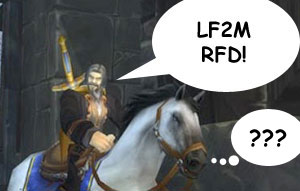
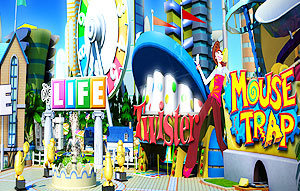
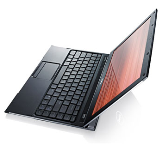
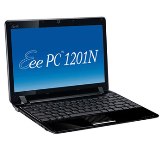
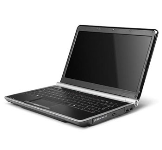
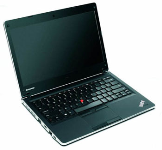
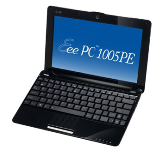
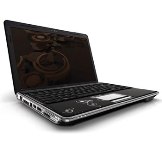
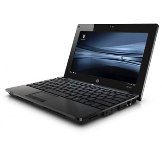
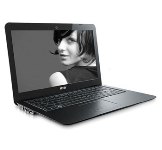

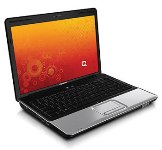
 -- After only a few months on the market and backed by a significant marketing campaign, Microsoft pulled the largely well-reviewed
-- After only a few months on the market and backed by a significant marketing campaign, Microsoft pulled the largely well-reviewed  The Nexus One drop, on the other hand, was not surprising. The fact that Google launched its own phone in the first place was more unforeseen. Regardless, tech-savvy consumers and media pundits put heavy (and, in retrospect, unwarranted) expectations on an Android-based phone that competed against more established Android phones from Motorola, HTC and other manufacturers.
The Nexus One drop, on the other hand, was not surprising. The fact that Google launched its own phone in the first place was more unforeseen. Regardless, tech-savvy consumers and media pundits put heavy (and, in retrospect, unwarranted) expectations on an Android-based phone that competed against more established Android phones from Motorola, HTC and other manufacturers.